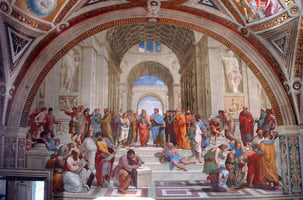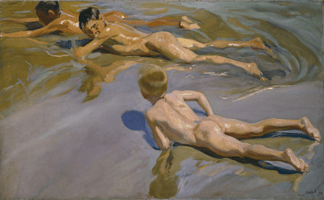Nicolai Fechin (1881-1955) was a Russian-born painter and sculptor who is best known for his...
Discovering the Innovative Mind of Leonardo da Vinci
Leonardo da Vinci (1452–1519) was an Italian polymath who is widely considered one of the most influential figures in history. He was a painter, sculptor, architect, musician, engineer, inventor, anatomist, geologist, cartographer, botanist, and writer. His extensive body of work, including the Mona Lisa and The Last Supper, has made him one of the most recognizable figures in the history of art.
Da Vinci was born in the small town of Vinci, Italy. He was the illegitimate son of a local notary and a young peasant woman. At the age of 14, he was sent to the workshop of Andrea del Verrocchio in Florence, where he learned painting, sculpting, and metalworking. He eventually began working independently, receiving important commissions from the ruling Medici family.
Da Vinci's most famous works are his paintings, which include the Mona Lisa, The Last Supper, and Virgin of the Rocks. His scientific studies of anatomy and mechanics also had a major influence on the development of science and technology. He was fascinated by the mechanics of flight, and designed a number of flying machines. He also studied mathematics, astronomy, and optics.
Da Vinci was an early proponent of the scientific method, which involves observation and experimentation to gain knowledge. He kept detailed notebooks in which he wrote down his ideas, observations, and inventions. These notebooks are now valuable resources for students of science and art.
Da Vinci's life and works have been the subject of numerous books, films, and television series. He is one of the most famous figures in the history of art and science, and his legacy continues to inspire generations of scientists, engineers, and artists.




